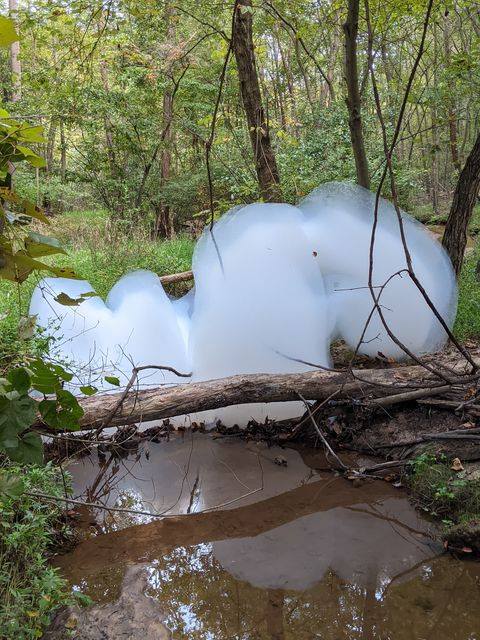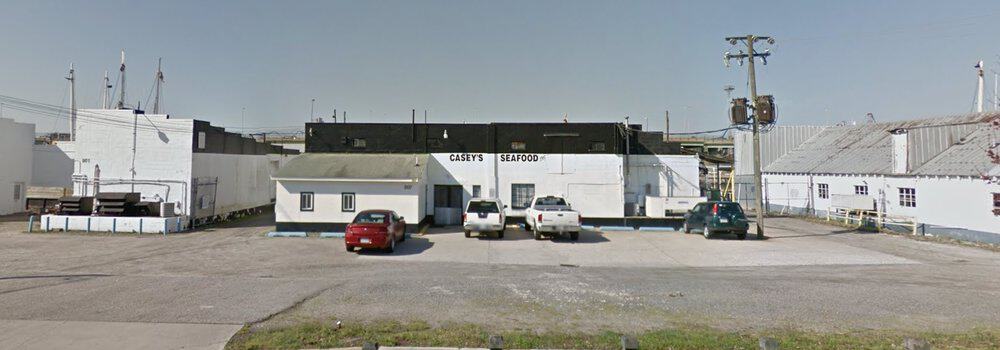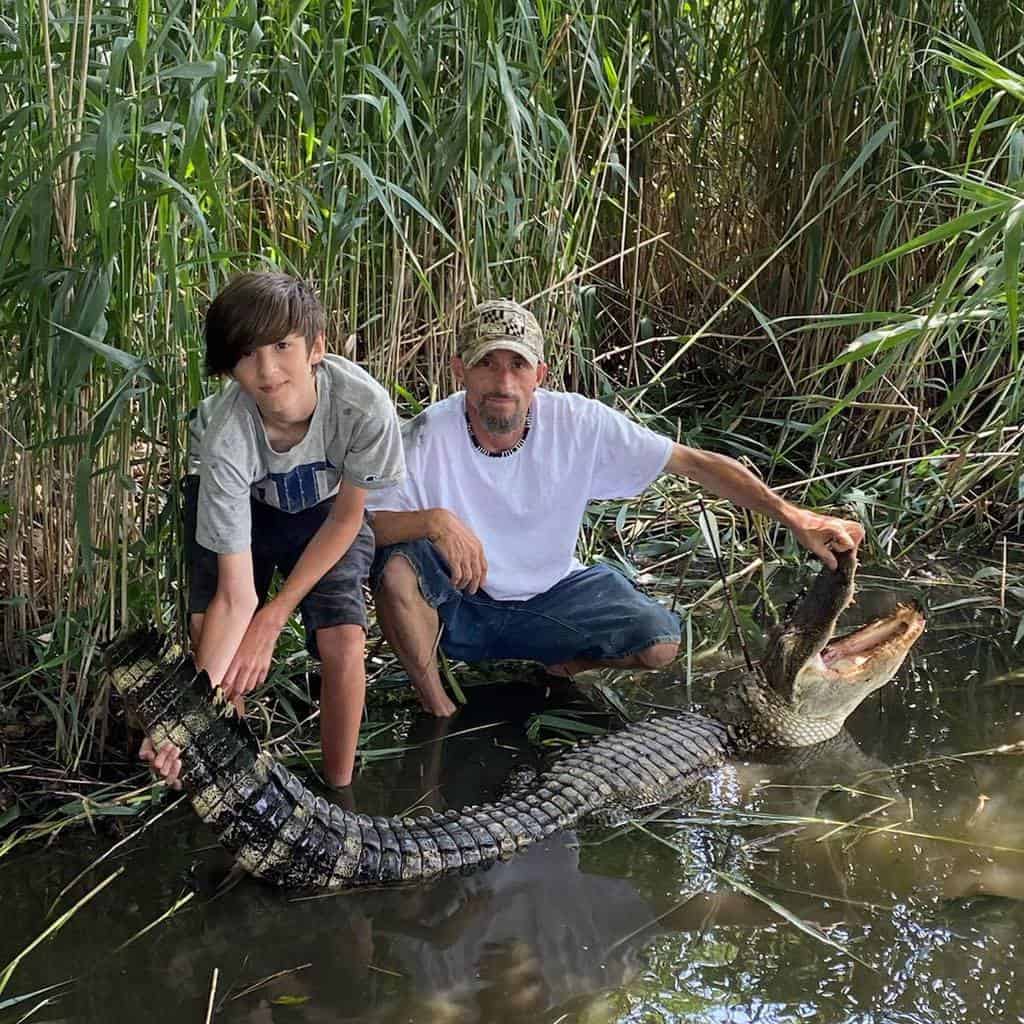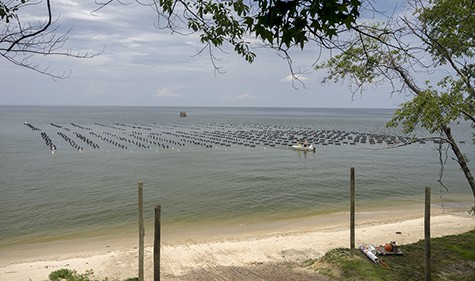Severn River advocates called it a UFO: unidentified floating object. And it does look a bit alien: a giant froth of foam bubbling up from a waterway that feeds into the river.
The bubbly substance spotted October 7 was coming down Bear Branch in Millersville, headed towards the river, according to the Severn River Association. It looked similar to firefighting foam, a chemical concentration usually mixed with water to fight liquid fires, like those on gasoline truck or at a marina. The foam contains PFAs, chemicals that can pollute waterways and are suspected carcinogens.
The Severn River Association (SRA) was out the day after the recent “UFO” was spotted, and SRA Executive Director Tom Guay says they didn’t see anymore foam or bubbles. “Hopefully this thing will dissolve by the time it hits the Severn River,” says Guay.
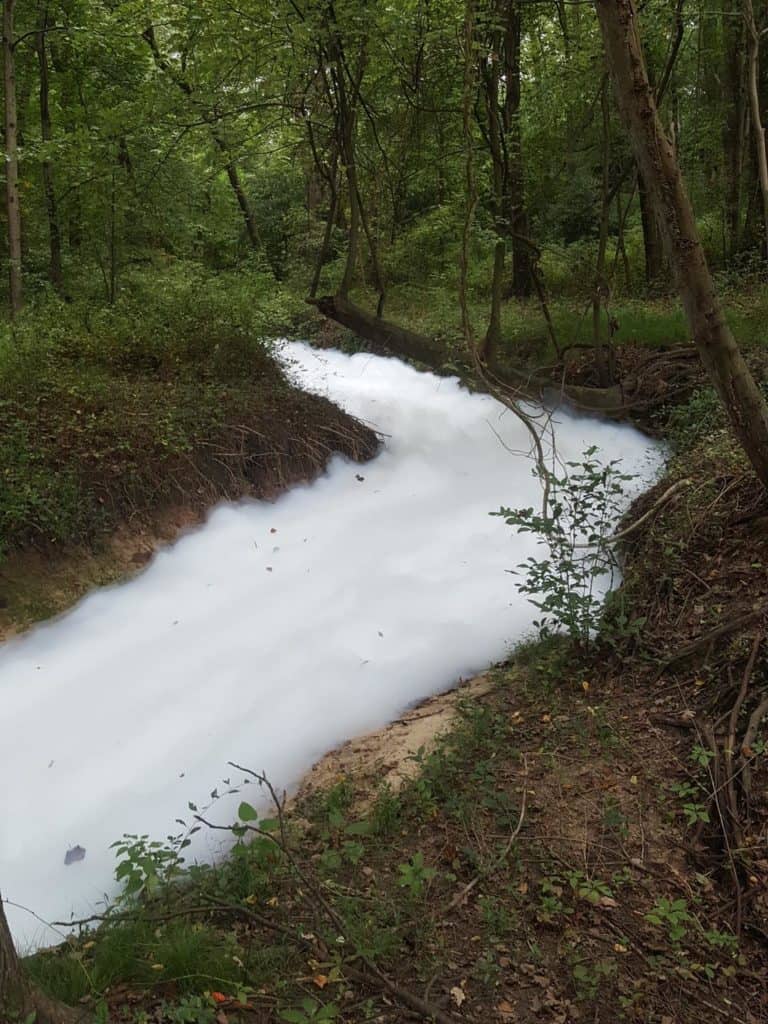
Interestingly, the only known discharge of firefighting foam happened back on the morning of September 24, at the Anne Arundel County Fire Training Facility just across from the stream. A watershed volunteer called in a complaint to the fire department, and the county’s Bureau of Watershed Protection warned everyone to stay away and avoid contact with the dangerous material.
According to Anne Arundel County Fire Department spokesman Capt. Russ Davies, the foam used was the EPA-approved “Universal Gold 1/3 AR-AFF,” and the department mixed 150 gallons of concentrate with 4,000 gallons of water. Davies doesn’t believe all of it ended up in the stream.
So could a firefighting foam spill on September 24 really cause foam to pop up in the stream almost two weeks later? The Maryland Department of the Environment (MDE) says yes:
“It is reasonable to conclude that there may have been points downstream where conditions might not have been present at the time of the spill for foaming to occur but changes in conditions might have later created the right proportions for foaming to occur,” MDE spokesman Jay Apperson tells Bay Bulletin. Apperson notes that when MDE first responded on September 24, they conducted water quality sampling for pH, dissolved oxygen at three locations (one upstream, two downstream) and all results were normal.
Even so, Davies says, “We are working with Anne Arundel County Bureau of Watershed Protection and Restoration on best practices.”
Davies says no firefighting foam has been used at the fire training facility since September 24. “There has been an order that there wouldn’t be any foam put out from the training academy going forward,” he tells Bay Bulletin. In the meantime, the department is working on an alternative site for training with foam.
Meanwhile, a bill was introduced in the Maryland Legislature this past session to ban the use of “Class B firefighting foam that contains intentionally- added PFAS chemicals for certain testing or training purpose.” The states of California, Washington, Colorado and New Hampshire have recently banned the substance and several other states are considering it.
-Meg Walburn Viviano

